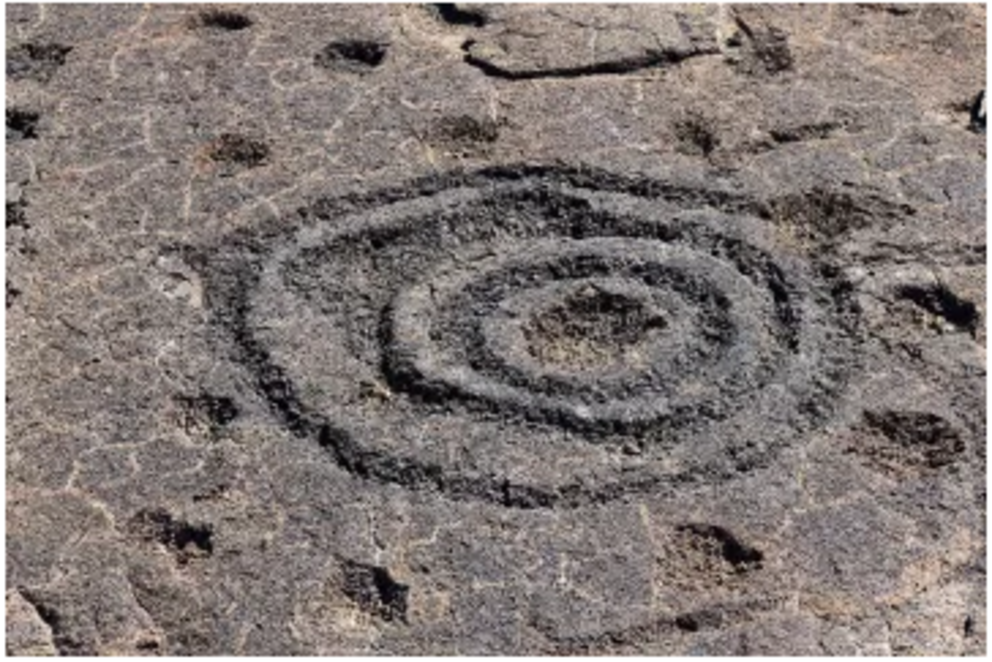Ancient ‘cup and ring’ stone carvings: Who made them, and why?
Variations of the prehistoric carvings commonly called “cup and ring marks” have been discovered on every continent of the world save Antartica, and yet their meaning remains a mystery.
In his 1979 book, The Prehistoric Rock Art of Galloway & the Isle of Man, amateur archaeologist Ronald W.B. Morris listed 104 theories about the curious rock carvings which, he writes, are “still strongly held and believed in by at least one archaeologist of note, amateur or professional.”
Historical researcher Jeff Nisbet notes that these 104 theories could be grouped under the following broad categories of use:
- In burials, having some sort of unknown symbolic use to the dead on their final journeys.
- In religious or magical ceremonies.
- As astronomical timekeepers.
- Various other more individual (and sometimes bizarre) theories, including, but not limited to: encoded messages from outer space, early masons’ marks, musical notation, pilgrims’ marks, gaming tables, boundary markers, primitive lamp bases, and even just meaningless doodles.
And in the 40 years since Morris published his book, Nisbet writes, “many more theories have been proposed that similarly run the gamut from the fantastical to the mundane”. And yet, “since there is no written record in prehistory” it’s likely that no theory ever will provide a fully satisfactory answer to the mystery.
For the rest of this article please use source link below
Feature image: Cup and ring petroglyph in lava rock, Volcano National Park, island of Hawaii, by ‘Netherzone’. CCASA 4.0 licence.

